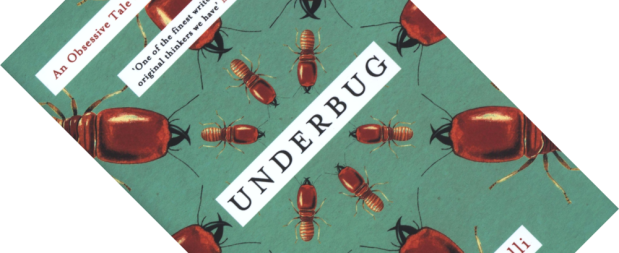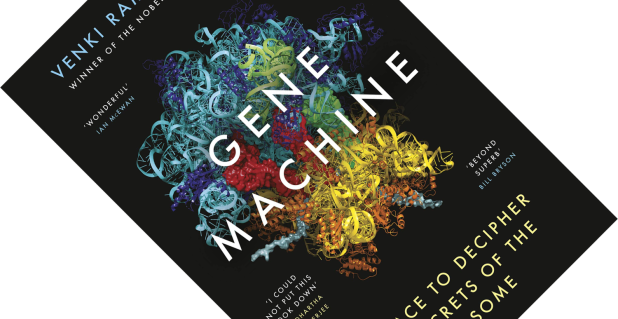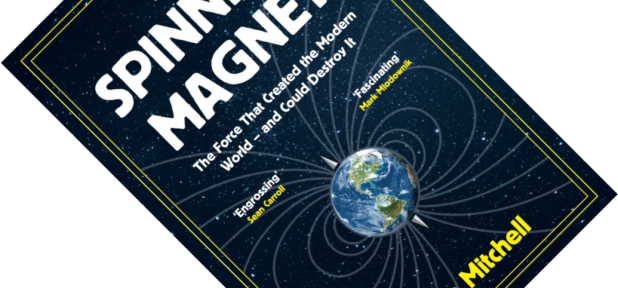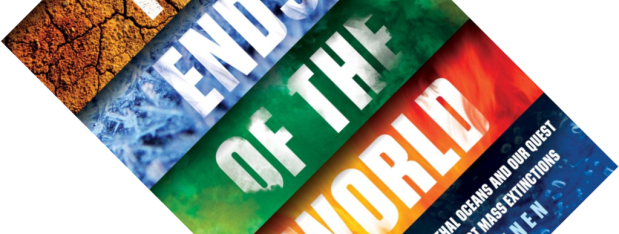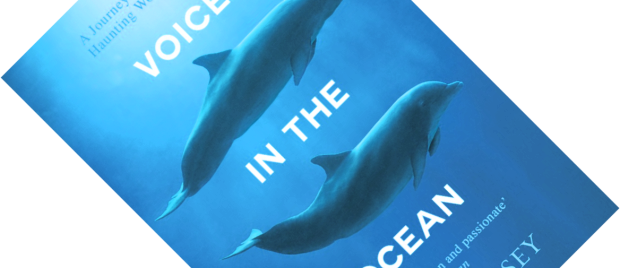When it comes to social insects, ants and bees get all the love. But, if you pardon the pun of the book’s title, termites are a bit of an underbug. While finishing up a previous writing assignment, author Lisa Margonelli got on the trail of the termite sometime in 2008 and spend the next decade obsessing over them. Tailing various scientists and sitting in on their day-to-day work, she here spins a wide-ranging tale about termites and the research they have inspired. The result is a hypnotic book that ranges well beyond this humble insect.
Oneworld Publications
Book review – Gene Machine: The Race to Decipher the Secrets of the Ribosome
DNA has lodged itself in the public imagination as the “blueprint” of life and as other, often slightly deceiving, metaphors. But what happens next? How do organisms actually get anything done with the information coded in DNA? For biologists, this is standard textbook fare: DNA is copied into single-stranded RNA which is then translated, three letters at a time, into amino acids that, when strung together, make up the workhorses of the cell: proteins. The cell organ, or organelle, that does the latter part is the ribosome, which Venki Ramakrishnan introduces here in Gene Machine. He has written a riveting first-hand account of the academic race to describe its structure, and how, in the process, he bagged a shared Nobel Prize in Chemistry in 2009.
Book review – The Spinning Magnet: The Force That Created the Modern World – and Could Destroy It
If you have used a compass, you will know our planet has a magnetic North and South pole. You might even be aware that the geographical and magnetic poles are not exactly in the same location. The magnetic poles have a tendency to wander with time. They can even swap places, and we have evidence of a long history of such geomagnetic reversals in the rock record. But how does this happen? And what would the consequences be if this happened today? Earth’s magnetic field offers protection against radiation from outer space, primarily from the sun, so if this field weakens or changes, what will happen to us and our electrical infrastructure? Join science journalist Alanna Mitchell as she explores this topic and delves into the history of electromagnetism.
Book review – What It’s Like to Be a Dog: And Other Adventures in Animal Neuroscience
Do you have a dog? I grew up surrounded by Newfoundlanders. Ever wondered what they are thinking? Whether they think at all? You’d be forgiven for thinking that What It’s Like to Be a Dog is another book for dog lovers and, in part, it is. But don’t let the title mislead you, this book is primarily a popular account of ongoing developments in animal neuroscience, specifically on what scanning mammal brains using magnetic resonance imaging (MRI) can tell us about our shared similarities.
Book review – The Ends of the World: Volcanic Apocalypses, Lethal Oceans and Our Quest to Understand Earth’s Past Mass Extinctions
Aaaah… the Apocalypse. Who doesn’t love Hollywood’s favourite movie trope? The spectacle, the drama, and the foreboding knowledge that – oh, spoilers – everyone dies at the end. There has been no shortage of good eschatological writing in recent years. Some books to come to mind are Erwin’s imaginatively titled Extinction, Wignall’s recent The Worst of Times, or Alvarez’s T. rex and the Crater of Doom – those pesky dinosaurs remain a popular subject. Do we really need another popular science book about mass extinctions? Given the continued developments in our understanding, and given that you get not one, not two, but all five for the price of one, I’d say yes. As far as I can tell the last comparable book was Hallam & Wignall’s 1997 Mass Extinctions and their Aftermath, published by Oxford University Press, which was a more academic treatise. So, get your bucket of popcorn ready and roll on the Apocalypse!
Book review – Voices in the Ocean: A Journey into the Wild and Haunting World of Dolphins
Voices in the Ocean is very much a reportage; the author picks a topic, delves into it, and reports what she learns along the way. For Susan Casey it was a chance encounter with a pod of spinner dolphins while swimming in Honolua Bay, Hawai’i, that sparked a fascination with dolphins and in this book we follow her as she travels around the world for two years to explore the multitude of ways in which the worlds of humans and dolphins intersect. And in so doing this book covers a lot of ground.

